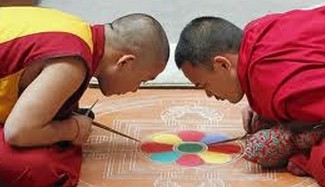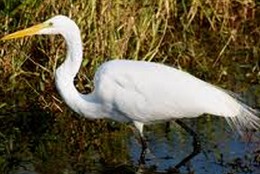
Why I Should
Because I still breathe
because I have something to say
even
if it is only me
Even if it’s only me
saying it to
me
Because the sun came up and the rivers flowed
and if feels good to say so
because it’s the end of a year
a new year and
and it felt good to say so
because I’m a crazy fool
who will spend his last penny
making something he likes
even if others throw it away
even if it rots in the back of an unknown book
even if it is forever an unknown song
even if it rots in a basement
so I will grab another handful
of colored sand
for whose works
are not
swept
away?





